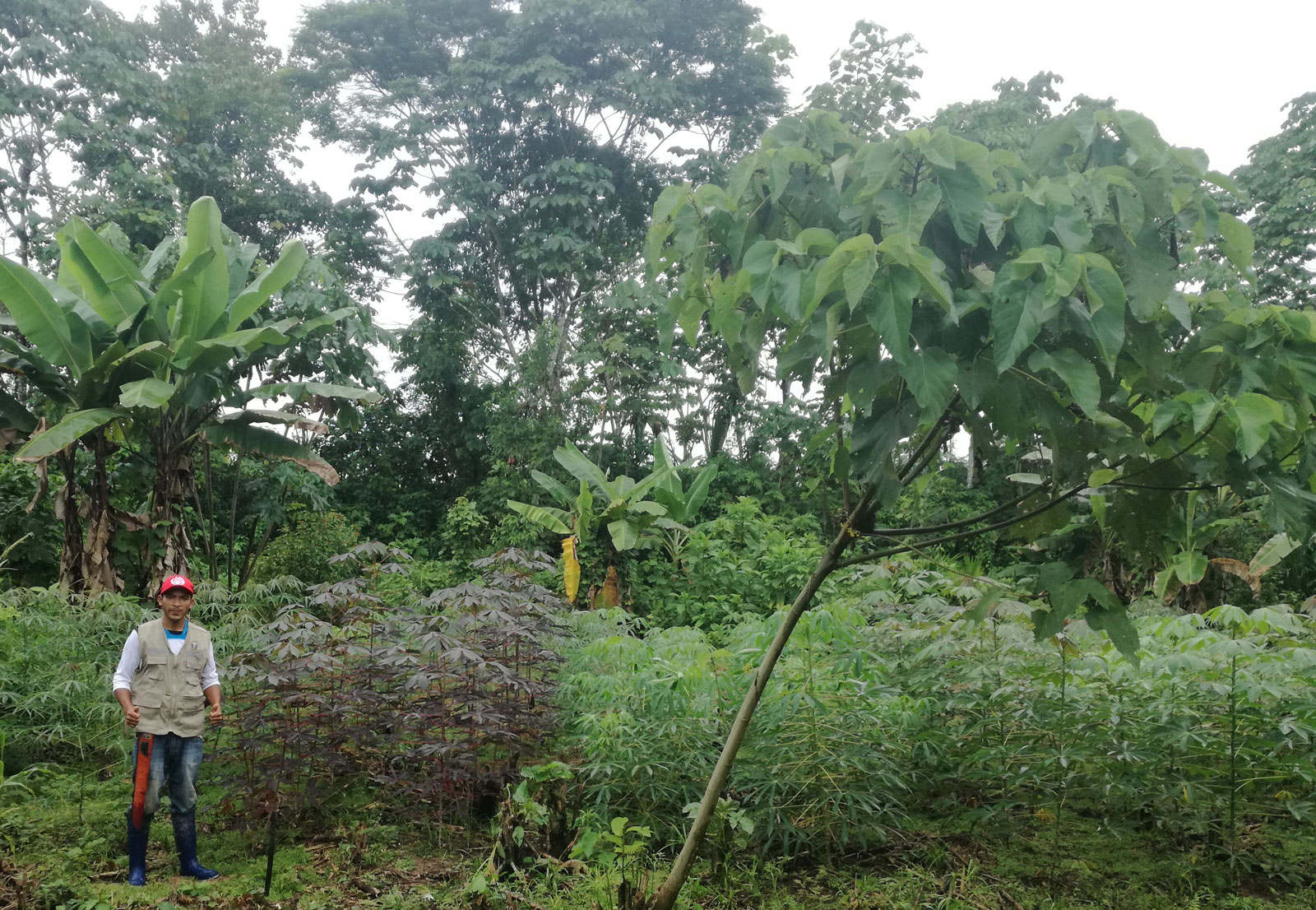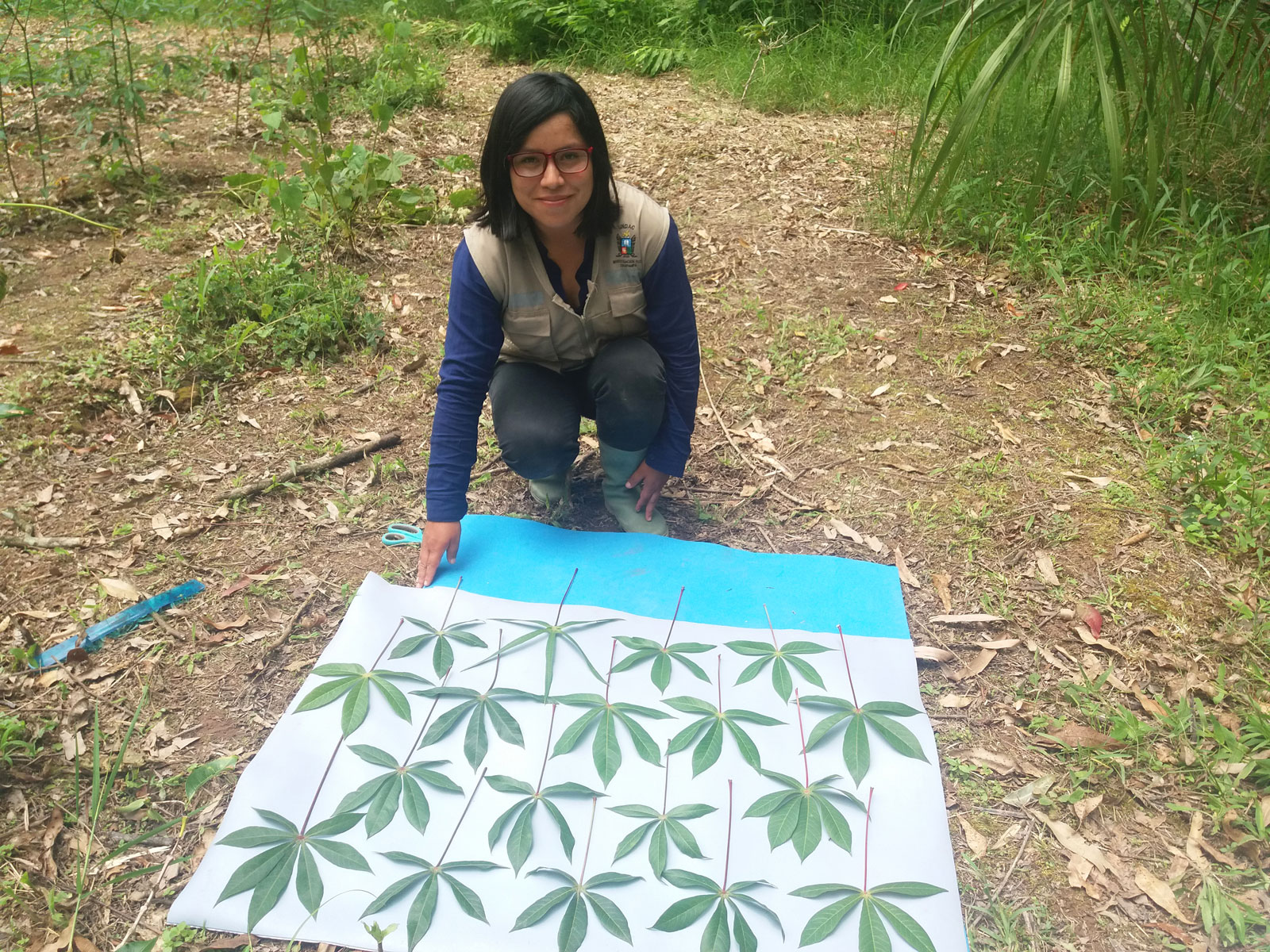RTB scientists are developing baselines of crop diversity and providing support to farmers who conserve vulnerable landraces. Baselines (of which varieties are grown and where) are necessary to identify vulnerable varieties and track their status. The baselines use citizen science to monitor crop diversity in farmers’ fields from gene to landscape. RTB scientists are standardizing procedures for supporting in situ conservation, including payment to farmers who conserve crop diversity, and strengthening farmers’ organizations.

Ex situ (“off-site”) conservation keeps varieties in gene banks or in seed vaults. In situ (“on site”) conservation maintains crop diversity in farmers’ fields. Farmers still conserve most of the world’s crop diversity, as they have done for millennia. Plant breeders rely on this genetic material to improve tomorrow’s crops to meet stresses like climate change and invasive pests and diseases.
In situ conservation relies on the support of robust baselines, which include data on which varieties are grown and where. Like a census, the baseline includes local names and a genetic fingerprint for the varieties, showing which ones are common and which are endangered. Farmers’ crop diversity is dynamic, being lost and added to over time. Baselines document this diversity, its distribution, and use. The International Potato Center (CIP) and the Alliance of Bioversity and CIAT (the Alliance) have established guidelines on how to conduct the baselines.
Since 2013, scientists at CIP have developed baselines for potato landraces in several hotspots, including the Yauli-Paucara microcenter in Huancavelica, Apurímac and Tayabamba, Peru and on the Bolivian Altiplano. NGOs, universities and regional governments gathered large datasets on crop varieties, which are gradually being released as baselines. On 19 July 2021, the Yauli-Paucara baseline will be officially launched by the Regional Government of Huancavelica. These baselines will allow researchers to return to the same hotspots in the future to monitor change.

In the Pasco region in central Peru, CIP, AGUAPAN (Association of Guardians of the Native Potato) and its NGO partner Grupo Yanapai have been conducting a baseline for potato with Quechua-speaking farm communities. Meanwhile, the Alliance is completing a baseline with cassava in Yanesha communities in the Amazon region of Pasco. In both experiences, crops of global importance (cassava and potato) are being managed in their center of origin by indigenous peoples.
CIP and the Alliance have experimented with novel models for benefit sharing and payment for environmental services in Peru. The CGIAR has a role to play to develop models of benefit sharing, because all its gene banks are in centers of crop origin. AGUAPAN is an initiative supported by the private sector in 100 rural communities in seven regions. The initiative provides direct monetary benefits to households, called “potato landrace custodians.” AGUAPAN is governed by farmers themselves, conserving among them at least 1000 landraces.
These interventions hosted an exchange between researchers and Yanesha and Quechua leaders in 2019 during the AGUAPAN annual assembly to discuss farmers’ rights, place-based governance of genetic resources and the importance of baselining to protect biocultural heritage.
Ex situ and in situ conservation approaches are complementary, in part because the immense diversity in farmers’ fields is practically unmanageable in gene banks. Dynamic, in situ conservation is resilient against changing climates, conserving traits that are strongly farmer-preferred, as well as adaptive traits. For example, frost resistant landraces like Puqya and Manua are now being planted over wider areas with increased probability of frosts like Huancavelica.
“The next step is to scale these conservation approaches and establish an Andean-Amazonian network of in situ observatories, and to apply citizen science to monitor diversity more often and with increased agility.” says Stef de Haan of CIP. These efforts will help to establish an online decision support system for documenting the conservation status of landraces in the field and in the hands of farmers. These tools can then be applied to other crops in diversity hotspots identified by RTB researchers, and in the centers of origin for cereals, legumes, vegetables and other crops.


SHARE THIS

